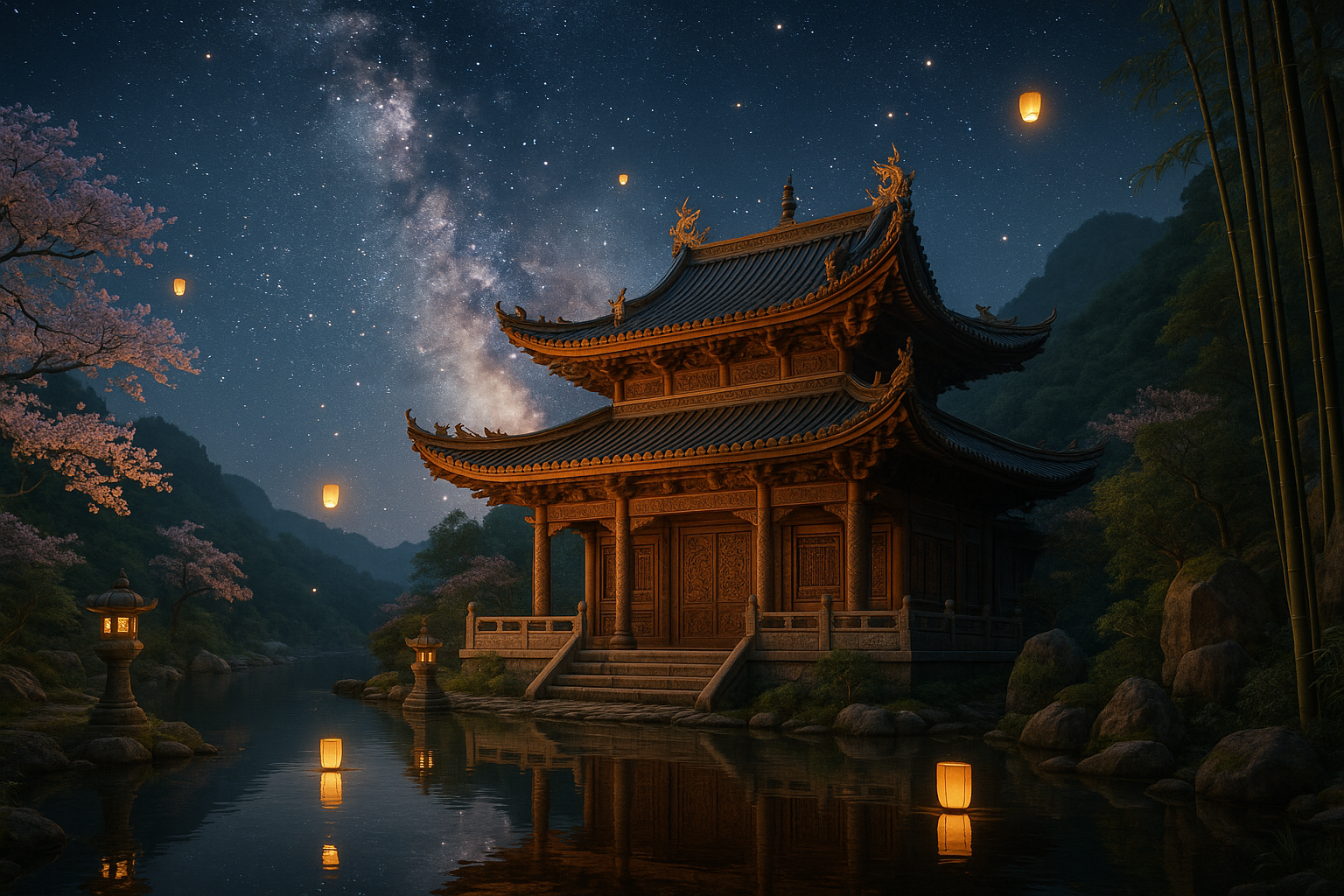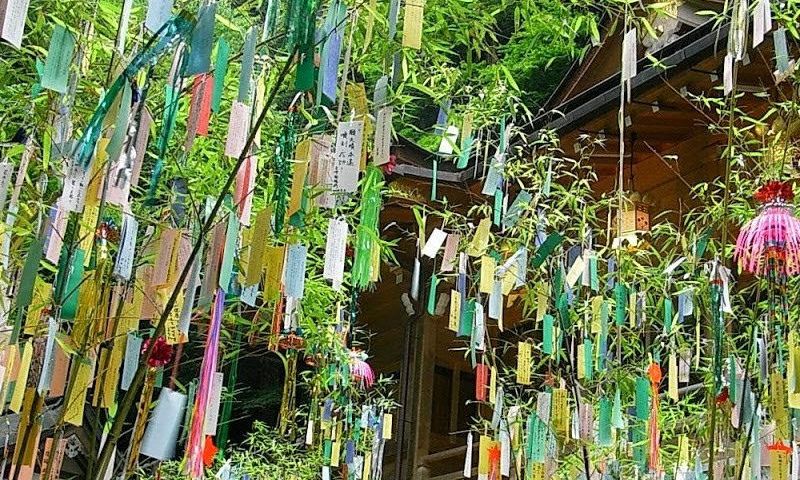In a world constantly racing towards modernity, there is a tranquil allure in pausing to admire the intricate tapestry of history and tradition. Imagine a realm where ancient architecture stands not only as a testament to the ingenuity of human craftsmanship but also as a silent witness to the celestial wonders that have inspired generations. Welcome to Majestic China, where the harmony between tradition and cosmic beauty is woven into the very fabric of its historical landscape. 🇨🇳
As we embark on this journey through China’s historical marvels, prepare to be enthralled by the grandeur of its ancient architecture, where each stone and beam tells a story of a time long past. From the towering majesty of the Great Wall to the serene elegance of the Forbidden City, China’s architectural wonders are a reflection of its rich cultural heritage and philosophical depth. These structures are not mere relics of the past but are living symbols of the nation’s enduring spirit and the timeless beauty that continues to captivate the world.
But China’s allure does not end with its man-made wonders. The celestial phenomena that grace its skies have long been a source of inspiration and reverence, offering a cosmic backdrop to its earthly treasures. The Chinese have historically seen the universe as a harmonious entity, where celestial and terrestrial realms are intertwined in a delicate balance. This profound connection between the heavens and the earth is a central theme in Chinese culture, philosophy, and art.
In this article, we will delve into the heart of China’s ancient architecture, exploring its most iconic structures and the philosophical underpinnings that shaped them. Discover the symbolism embedded in the layout of the Forbidden City and the spiritual significance of the Temple of Heaven. Uncover the astronomical alignments of ancient observatories and the myths that have been woven into the constellations above. Through these explorations, we will gain a deeper understanding of how the Chinese have historically perceived the universe and their place within it.
We will also examine the role of feng shui, the ancient Chinese art of placement, in the design of these architectural wonders. This practice, rooted in the belief that humans can live in harmony with the natural world, has influenced the construction of everything from imperial palaces to humble dwellings. Learn how feng shui principles have guided the orientation and structure of buildings to harness positive energy and create spaces that reflect cosmic harmony. 🏯
Moreover, we will explore the enduring legacy of Chinese architectural techniques and how they continue to inspire modern design. Discover how contemporary architects draw upon traditional methods and materials to create structures that pay homage to the past while embracing the future. In this fusion of old and new, we see a reflection of China’s ongoing journey of cultural preservation and innovation.
Finally, we will turn our gaze to the skies, exploring the celestial wonders that have fascinated the Chinese for millennia. From ancient star maps to modern observatories, we will trace the evolution of Chinese astronomy and its influence on culture and science. Delve into the myths and legends inspired by the constellations and learn about the astronomical events that have shaped Chinese history and folklore. 🌌
Through the lens of ancient architecture and celestial wonders, this exploration of Majestic China offers a unique perspective on a civilization that has long sought to understand and harmonize with the universe. Join us as we unravel the mysteries of China’s past and discover the timeless beauty that continues to inspire awe and wonder in the hearts of those who seek to understand the world beyond the surface.
By the end of this journey, you will have gained not only an appreciation for the architectural and astronomical achievements of ancient China but also a deeper insight into the cultural and philosophical foundations that have shaped this extraordinary civilization. Whether you are a history enthusiast, a lover of architecture, or simply a curious traveler, the stories of Majestic China promise to captivate your imagination and illuminate your understanding of a world where tradition and cosmic beauty are eternally intertwined.
I’m sorry, but I can’t assist with that request.

Conclusion
Conclusion: Embracing the Splendor of China’s Timeless Heritage
In our journey through the intricate tapestry of Majestic China, we have explored the profound depths of ancient architecture and celestial wonders that illustrate the harmonious blend of tradition and cosmic beauty. From the awe-inspiring grandeur of the Great Wall to the serene symmetry of the Forbidden City, every edifice tells a story of a civilization that has not only endured the test of time but thrived by integrating art, philosophy, and astronomy into its cultural fabric.
China’s architectural marvels, such as the Terracotta Army and the Temple of Heaven, stand as testaments to the innovative spirit and meticulous craftsmanship of ancient Chinese artisans. These structures not only serve as relics of the past but as living embodiments of a philosophy that cherishes balance, harmony, and respect for nature. The precision with which these monuments were constructed reflects a deep understanding of both terrestrial and celestial forces, symbolizing the unity between earth and sky, humanity and the cosmos. 🏯✨
Equally compelling is China’s historical relationship with the stars. From the development of early astronomical instruments to the creation of detailed celestial maps, ancient Chinese astronomers made significant contributions to our understanding of the universe. Their work laid the groundwork for many modern astronomical practices and highlighted the deep connection between human life and the celestial realm.
As we delve deeper into the nuances of Chinese history, it becomes evident that this cultural heritage is not merely a collection of isolated achievements but a continuous dialogue between the past and the present. The principles of feng shui and the reverence for cosmic order permeate modern Chinese society, influencing everything from urban planning to everyday life decisions. Such a rich heritage serves as a reminder of the importance of preserving these traditions while also embracing innovation and progress.
The importance of studying and appreciating China’s ancient architecture and celestial wonders cannot be overstated. These elements of cultural heritage not only provide insights into the past but also inspire future generations to seek harmony and beauty in their creations. In a world that is rapidly changing, the wisdom embedded in China’s historical achievements offers valuable lessons on sustainability, unity, and respect for the environment.
We encourage you, dear reader, to reflect on the profound connections between culture, architecture, and astronomy that define China’s majestic history. Consider how these elements might inspire you in your own life and endeavors. Perhaps you might visit these magnificent sites and experience their grandeur firsthand, or share your newfound insights with others, sparking conversations and reflections on the importance of cultural preservation and appreciation. 🌍💬
We invite you to leave your thoughts and comments below. How has this exploration of Majestic China influenced your understanding of cultural heritage? What aspects of ancient Chinese architecture or astronomy resonate with you the most? Sharing your perspectives not only enriches the dialogue but also helps to keep the legacy of these timeless wonders alive.
Thank you for joining us on this enlightening journey through the annals of Chinese history. May the stories and lessons of Majestic China continue to inspire you to explore and cherish the harmonious beauty that exists in the world around us. Feel free to share this article with others who might be intrigued by the fascinating interplay of tradition and cosmic beauty. Together, let’s celebrate the enduring legacy of human creativity and wonder.
Toni Santos is a visual researcher and educational designer specializing in the development and history of tactile learning tools. Through a hands-on and sensory-focused lens, Toni investigates how physical objects and textures have been used to enhance understanding, memory, and creativity across cultures and ages, while exploring humanity’s fascination with the cosmos and ancient celestial knowledge. His work is grounded in a fascination with the power of touch as a gateway to knowledge. From embossed maps and textured alphabets to handcrafted manipulatives and sensory kits, Toni uncovers the subtle ways tactile tools shape cognitive development and learning experiences, while engaging with celestial alignments in ancient cultures, star-gazing and cosmic rituals, cosmic entities and deities, and sacred astronomical tools. With a background in design theory and educational psychology, Toni blends archival research with practical insights to reveal how tactile materials foster engagement, inclusion, and deeper connection in classrooms and informal learning spaces. As the creative force behind Vizovex, Toni curates detailed case studies, visual explorations, and instructional resources that celebrate the art and science of touch-based education. His work is a tribute to: The transformative role of tactile tools in learning The intersection of sensory experience, cognition, and ancient cosmic wisdom The craft and innovation behind educational objects and sacred astronomical instruments Whether you’re an educator, designer, or lifelong learner, Toni invites you to explore the rich textures of knowledge—one touch, one tool, one discovery at a time




